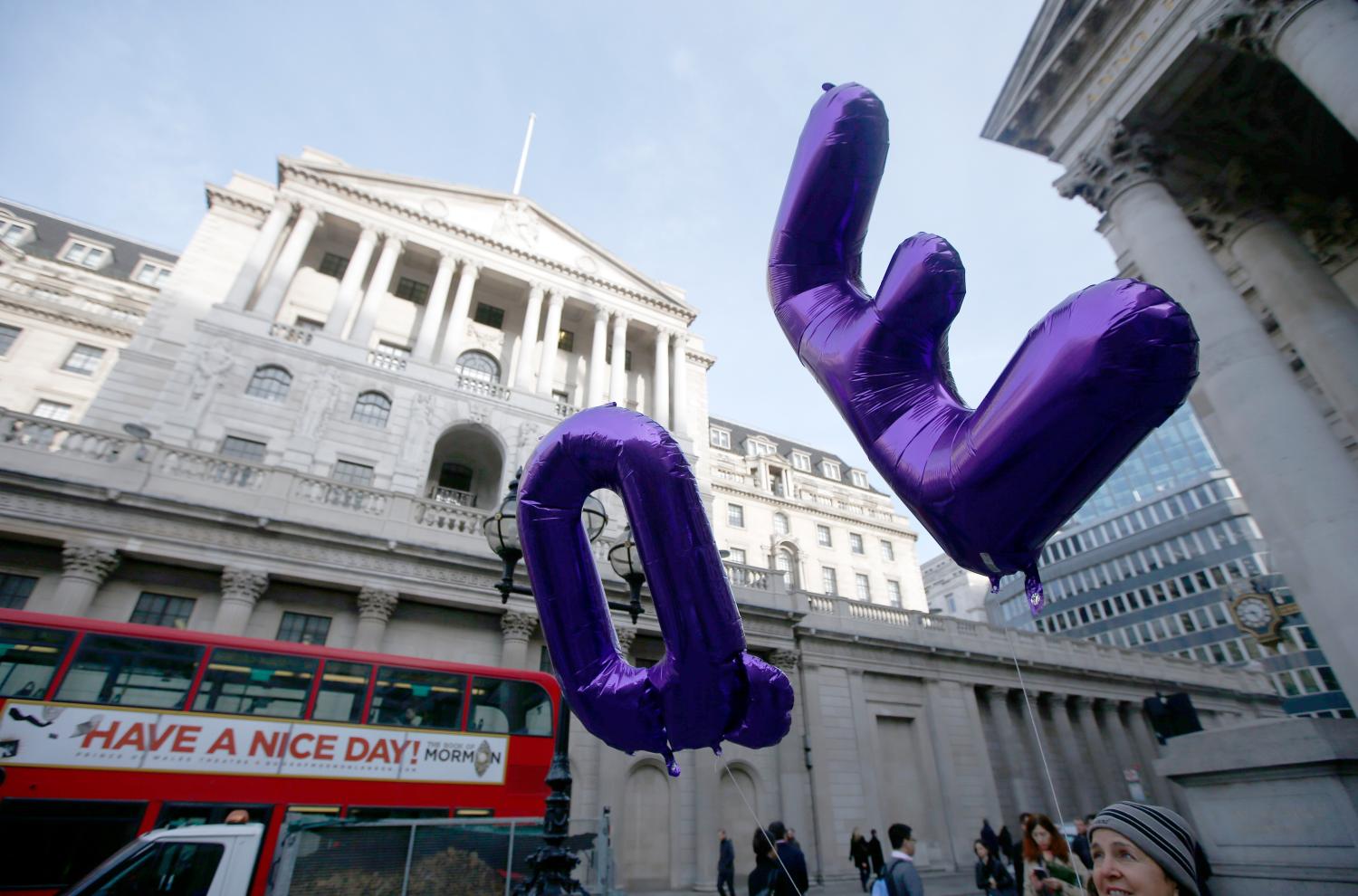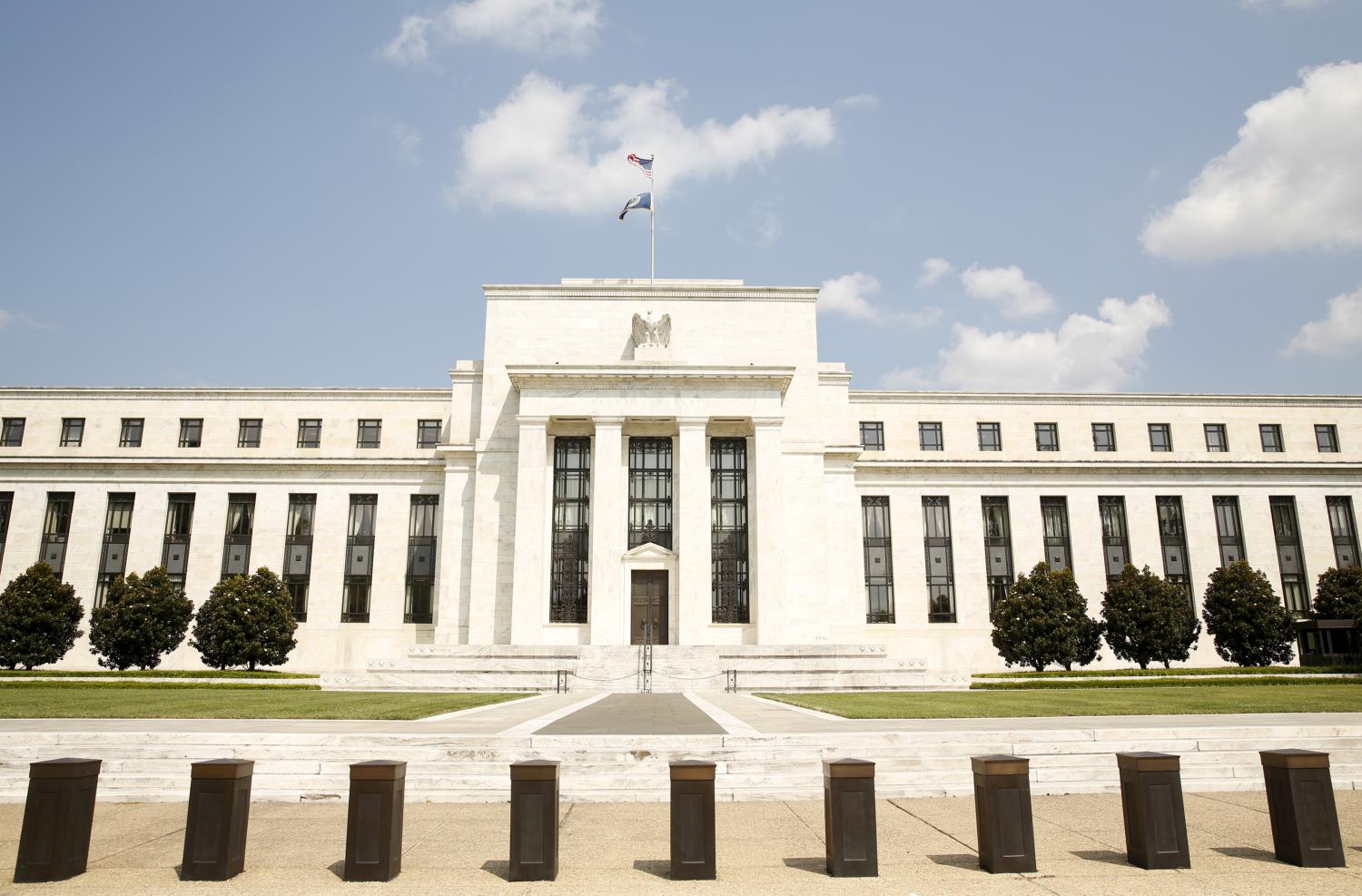This paper was presented at the event, “Unconventional monetary policy: How well did it work?” on October 17, 2018.
In response to the global financial crisis of 2008, the central banks of the euro area, Japan, and the United Kingdom deployed a variety of unconventional monetary policies in an effort to support distressed financial markets and slowing economies. In a new Hutchins Center Working Paper, a version of which is forthcoming in the Journal of Economic Perspectives, Giovanni Dell’Ariccia, Pau Rabanal, and Damiano Sandri of the International Monetary Fund examine the effects of negative interest rates, forward guidance, and large-scale asset purchases. They argue the policies helped relieve financial distress, lower long-term interest rates, and support economic activity in all three regions.
Dell’Ariccia and coauthors review a large body of evidence that both large-scale asset purchases and forward guidance substantially reduced yields on long-term government bonds in the euro area, Japan, and the U.K. Research on Japan’s experience with negative interest rates also suggests they were able to lower short-term yields when the Bank of Japan’s policy rate sat at zero. Studies in all three regions show that the policies reduced corporate bond yields, lifted equity prices, and depreciated local currencies, although these effects were milder in Japan. And although evidence of their direct effects on GDP and inflation is more limited, studies indicate both forward guidance and large-scale asset purchases had positive effects on output by reducing long-term interest rates.
The authors outline three key lessons learned from the European, Japanese, and British experiences:
First, both forward guidance and large asset purchases are especially effective during periods of financial distress—consistent with both market segmentation and uncertainty-based theories of why unconventional policies work. The Bank of England’s first round of asset purchases in 2009, for example, appear to have had larger effects than did purchases conducted after financial markets had stabilized.
Second, Japan’s experience demonstrates that unconventional policies are less effective when households and businesses have entrenched low-inflation expectations. The Bank of Japan’s forward guidance, for example, was largely ineffective, as firms and households already expected interest rates to remain near zero for some time prior to the launch of new policies.
Third, Dell’Ariccia and coauthors say central bank credibility is the key ingredient in effective policy; this was especially true for the European Central Bank and the Bank of England, where unconventional tools had never been used. In the euro area, for example, the European Central Bank’s (ECB) Long-Term Refinancing Operations in the early years of the crisis had little effect on lending rates and aggregate demand, as markets remained skeptical about the ECB’s authority or commitment to maintain the facility. The ECB’s major QE program, on the other hand, provided an open-ended and credible commitment to providing stimulus, and had much greater effects on sovereign bond yields. Still, the authors acknowledge that employing unconventional tools encouraged skepticism and additional scrutiny of central banks that could put their independence at risk in the future.
Looking ahead, unconventional monetary policies could provide crucial relief in a future recession that pushes interest rates to the zero lower bound, the authors say. But existing tools— quantitative easing and negative interest rates in particular—are limited in their effectiveness if inflation expectations become unanchored or the central bank cannot make credible commitments. Policymakers ought to consider how fiscal stimulus or monetary frameworks that reduce the likelihood of encountering the zero lower bound can complement unconventional monetary tools in the future.
Read the full paper here.
*Sage Belz and David Wessel contributed to this post.
A version of this paper will be published in the Fall 2018 issue of the Journal of Economic Perspectives, Volume 32, Number 4.
The authors did not receive financial support from any firm or person with a financial or political interest in this article. None is currently an officer, director, or board member of any organization with an interest in this article.
The Brookings Institution is committed to quality, independence, and impact.
We are supported by a diverse array of funders. In line with our values and policies, each Brookings publication represents the sole views of its author(s).







